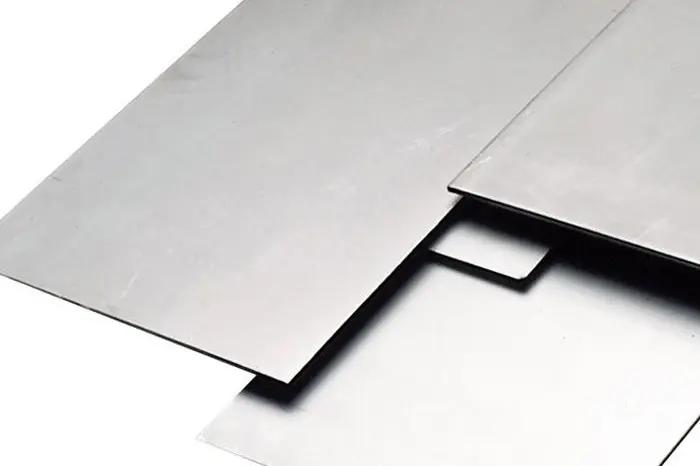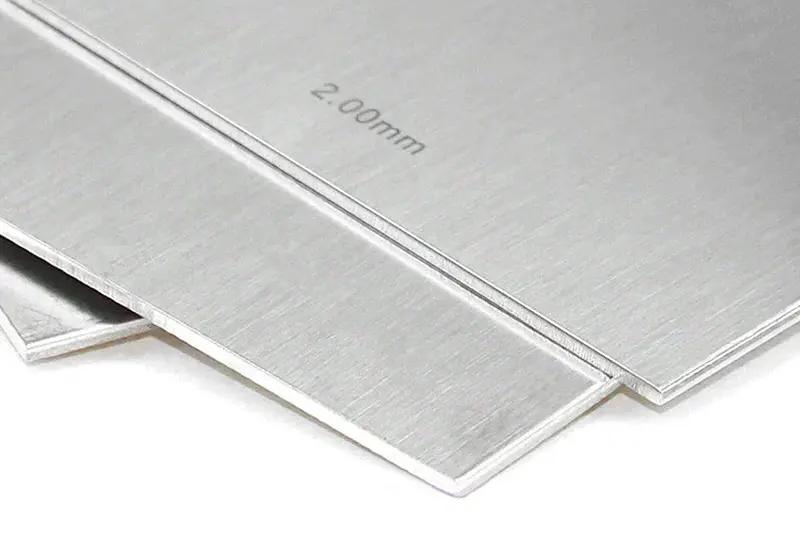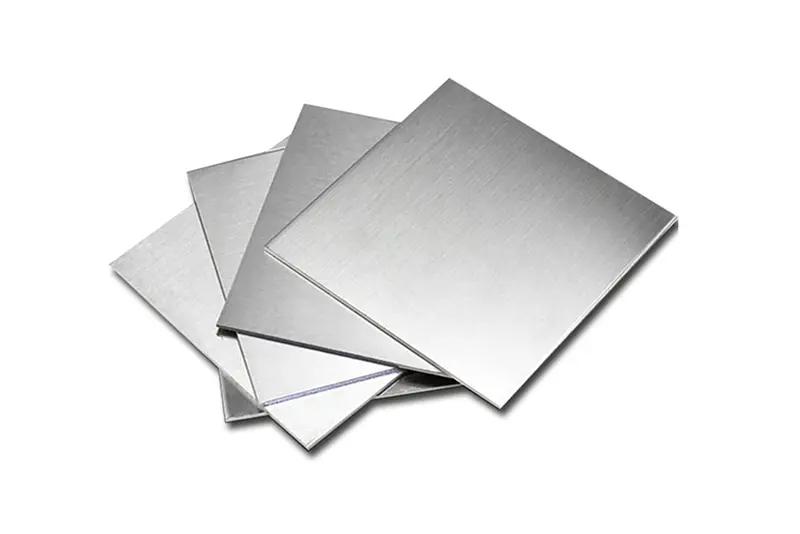Grade 1/2 Titanium Plate for Industrial High Quality
Category
Minerals & Metallurgy
Sub-Category
Titanium
Completed orders
0
Price
$10.00
Delivery Cost
$1.00
Minimum Order
1
Kilogram(Weight)
Location
19th Wenquan Industrial Park,Titanium City Road, High-tech District, Baoji City, Shaanxi Province, China, , ,
Product Name: Titanium Plate
Length: 1000-6000mm
Technique: Cold Rolled
Ti (Min): 99.6%
Brand Name: Yesheng
Model Number: Gr1/2
Processing Service: Cutting
Shape: Plate \ Disc
MOQ: 1kg
Surface: Polished
Density: 4.51g/cm3
Advantage: High Strength
Material: Titanium GR1/GR2/GR3/GR5/GR7/GR9/GR12/GR13/GR14
Company Rating
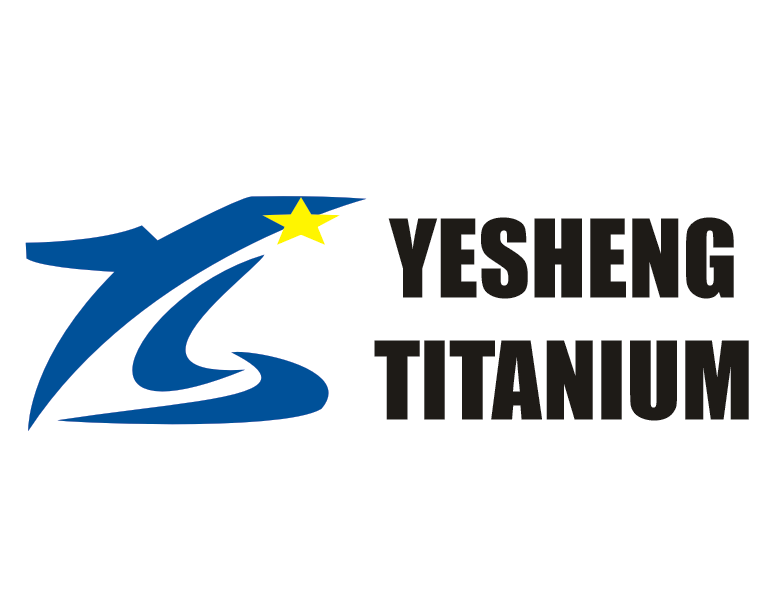
Overall Rating
Description Rating
Delivery time
Contact
Professionalism
You may like this
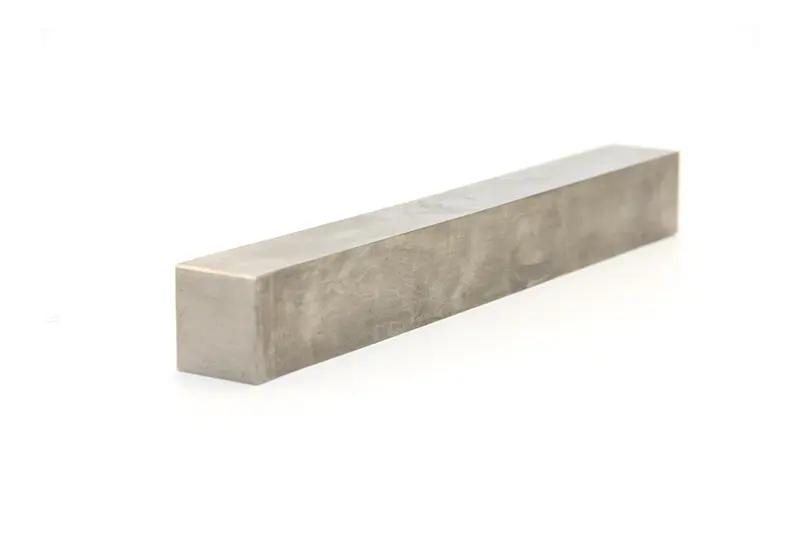
Ti6Al4V Titanium Alloy Rectangular Bar High Strength Corrosion Resistant
Price: $10.00 per piece
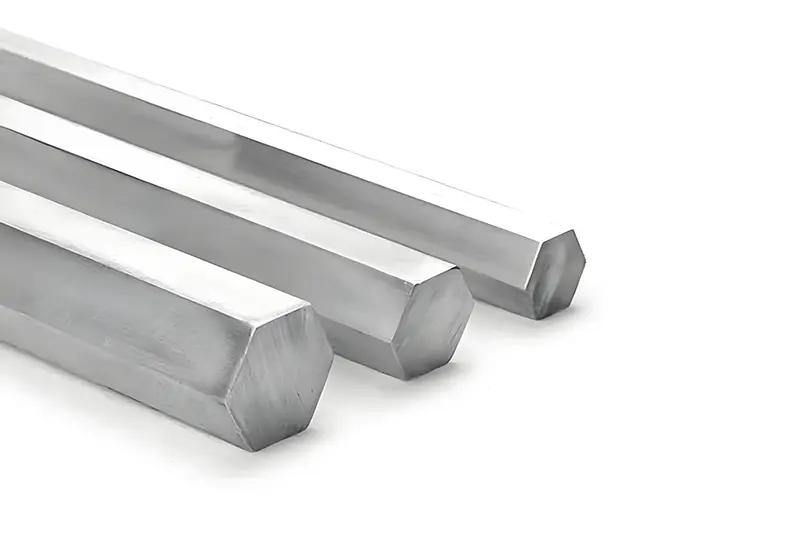
High Purity Titanium Hex Rod for Industry
Price: $10.00 per piece
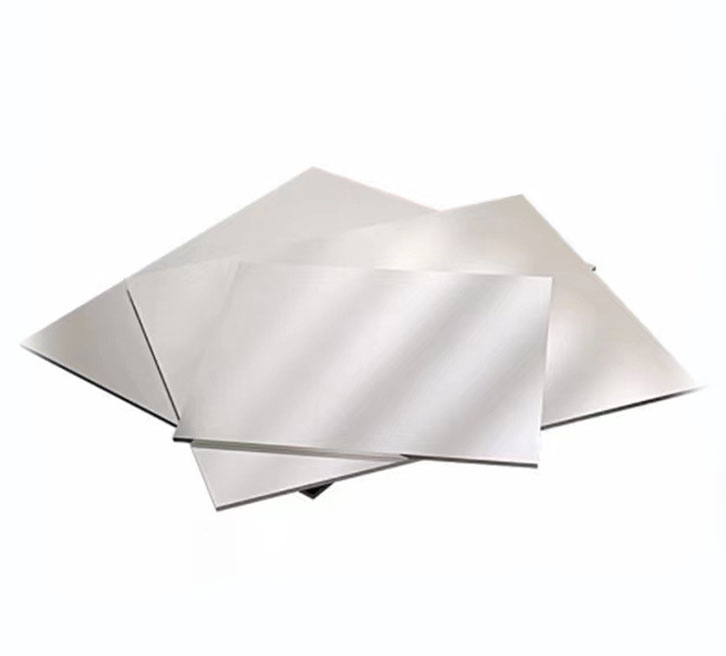
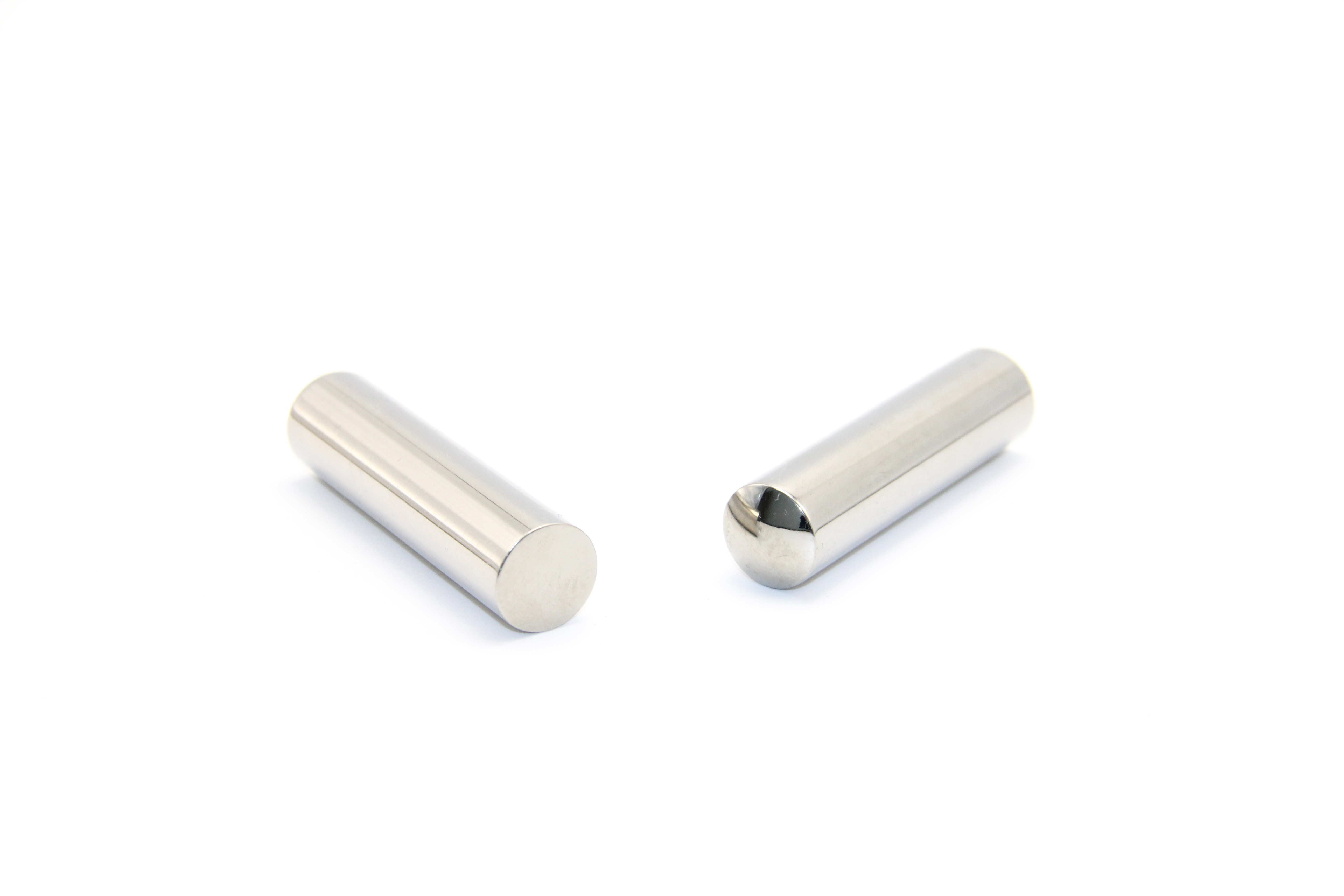
High Strength Low Density Titanium Round Bar Ø4mm x 250mm
Price: $10.00 per piece

